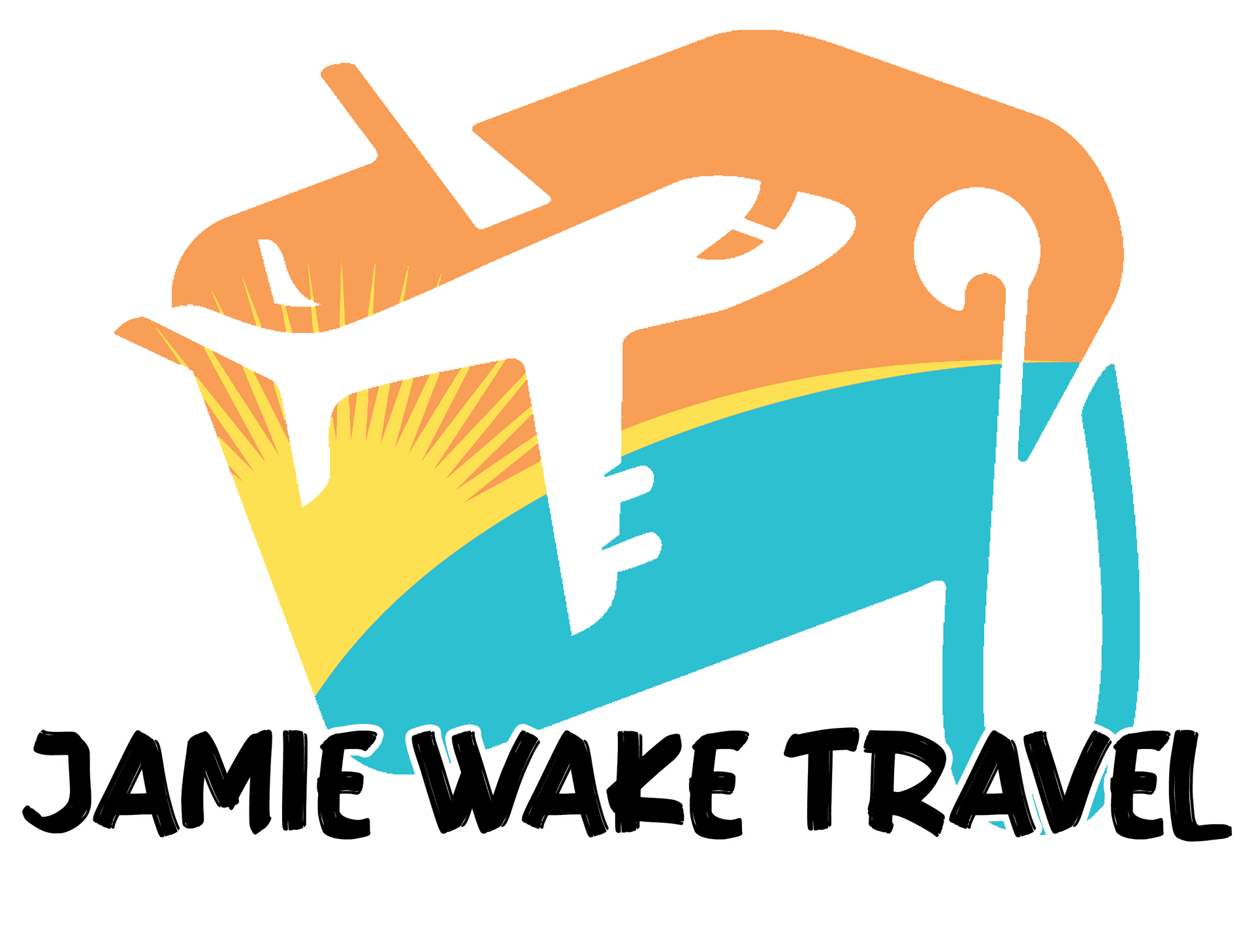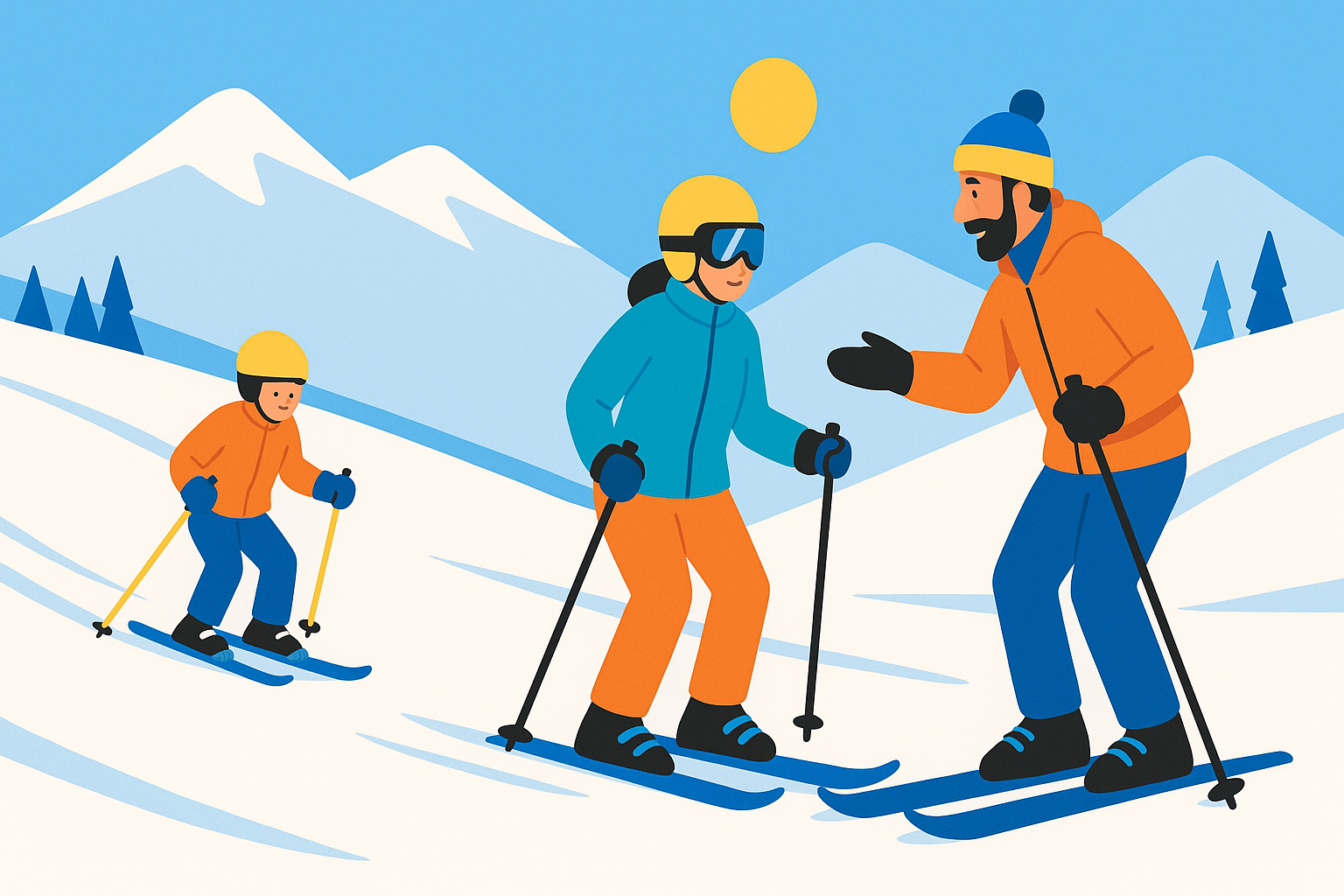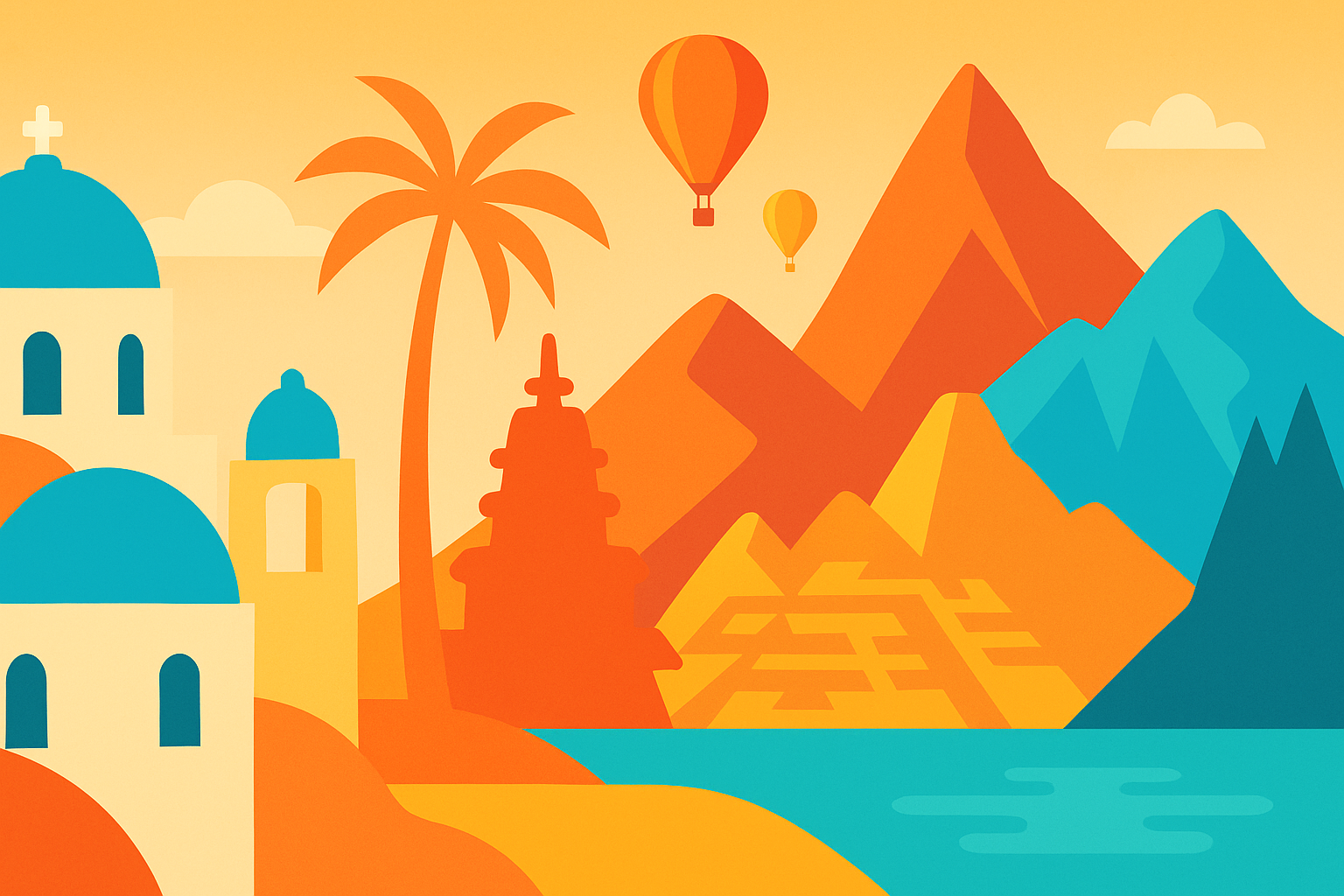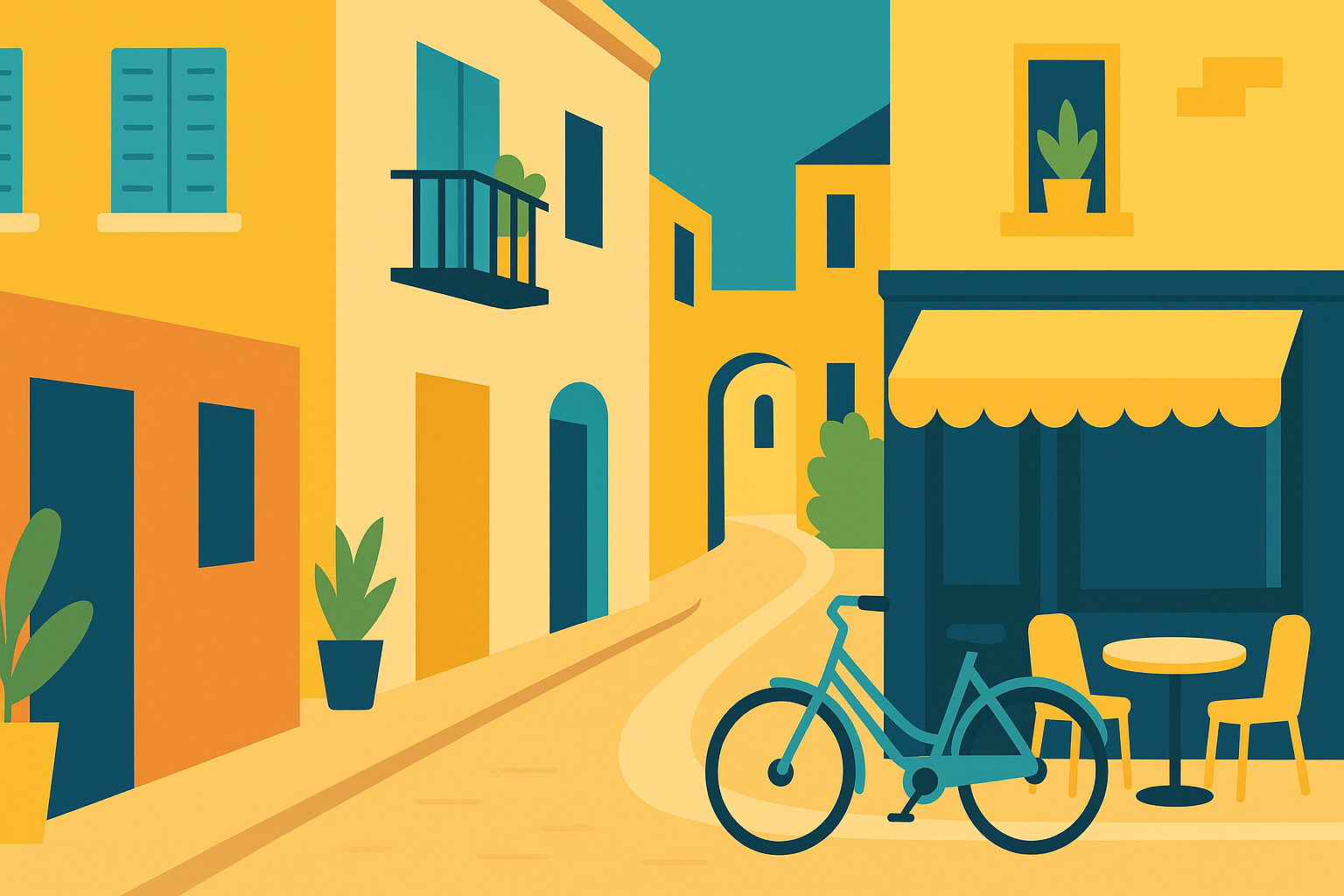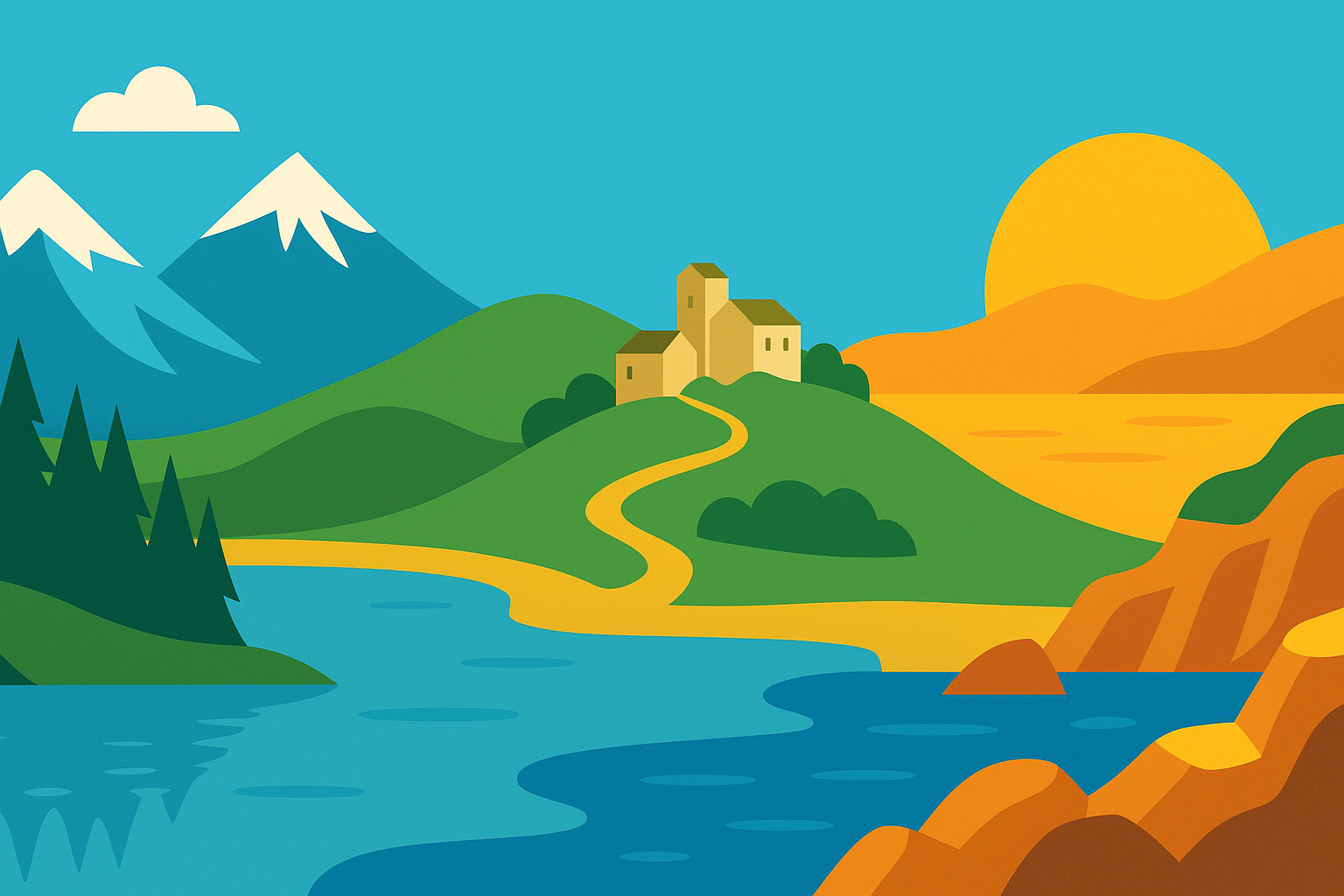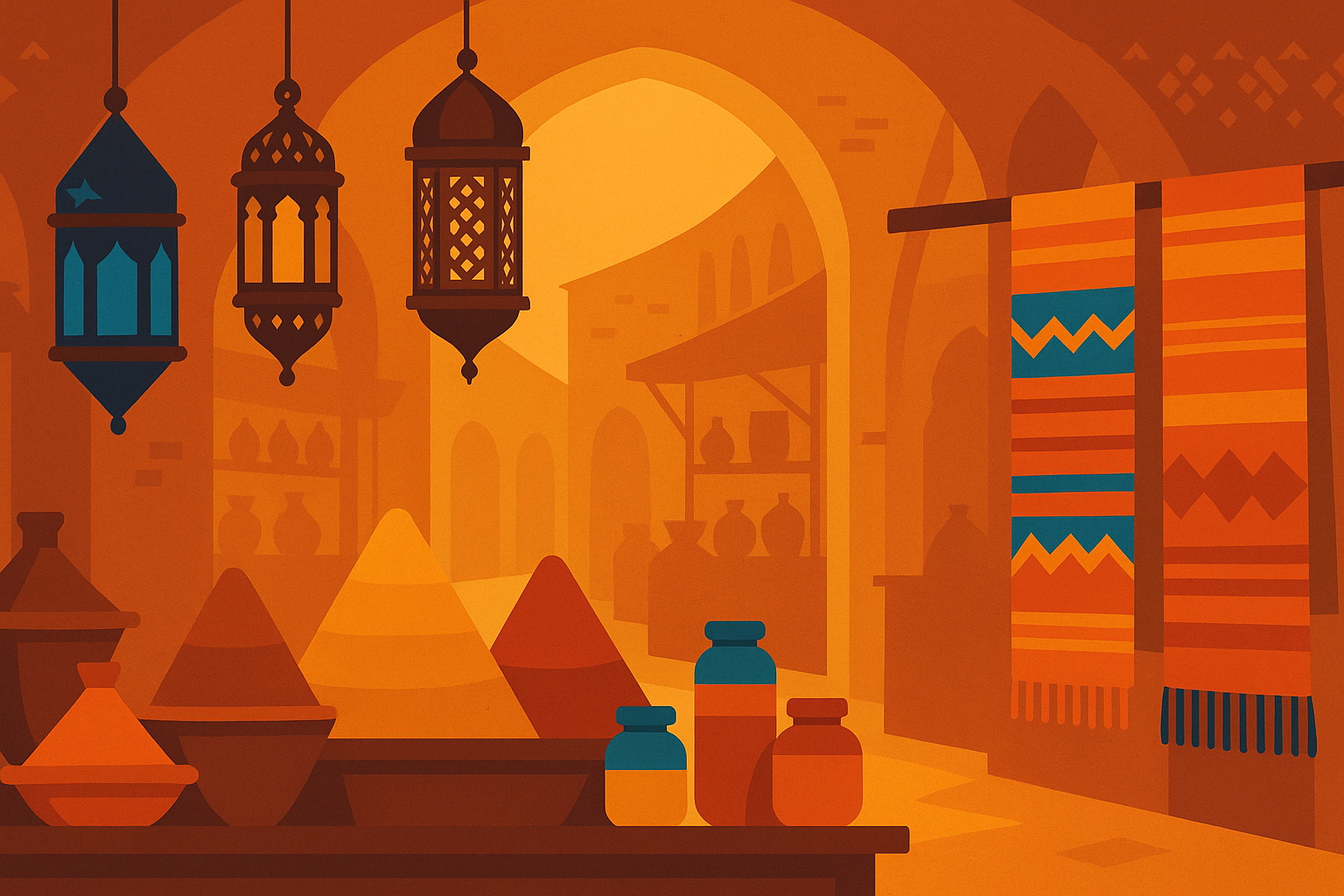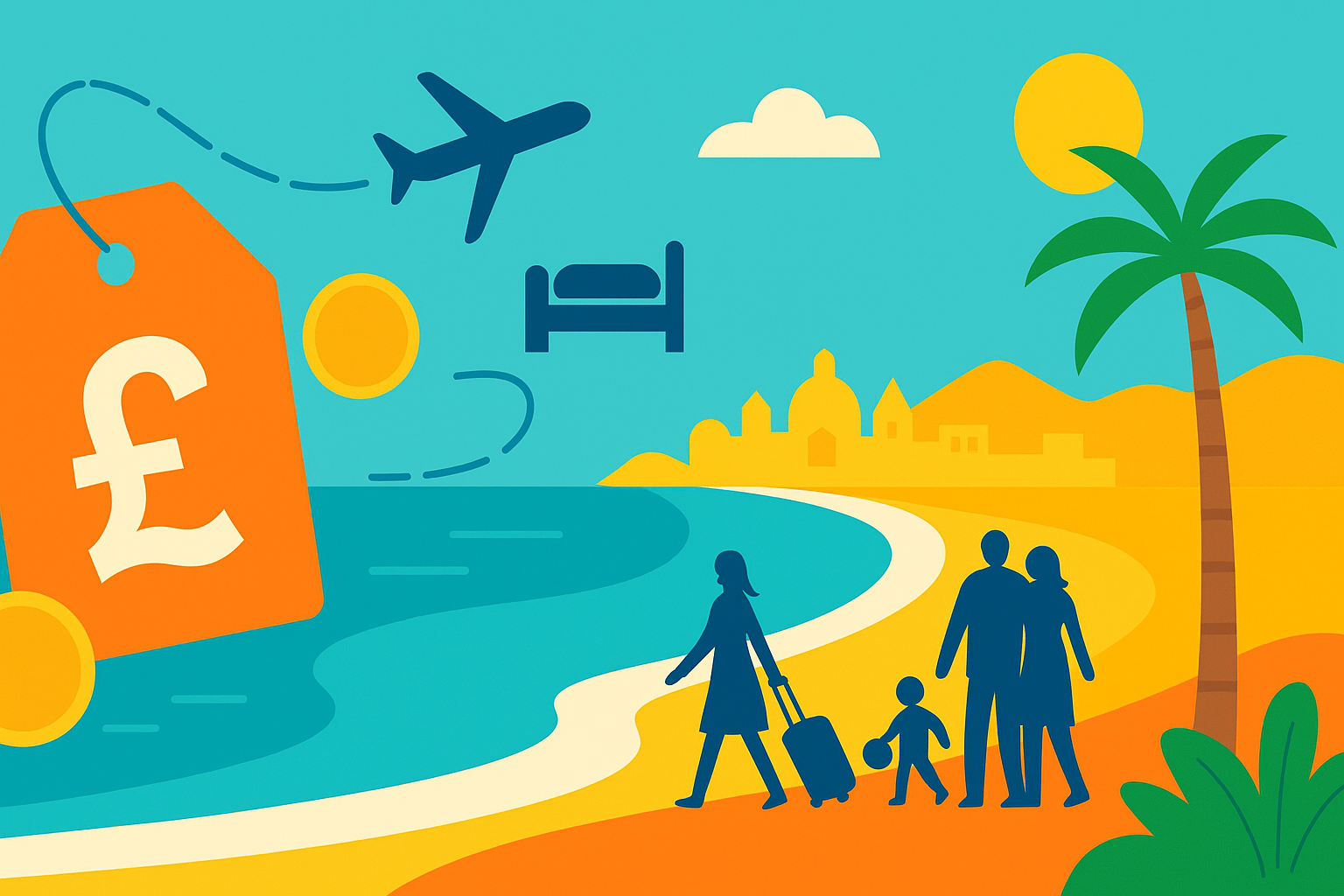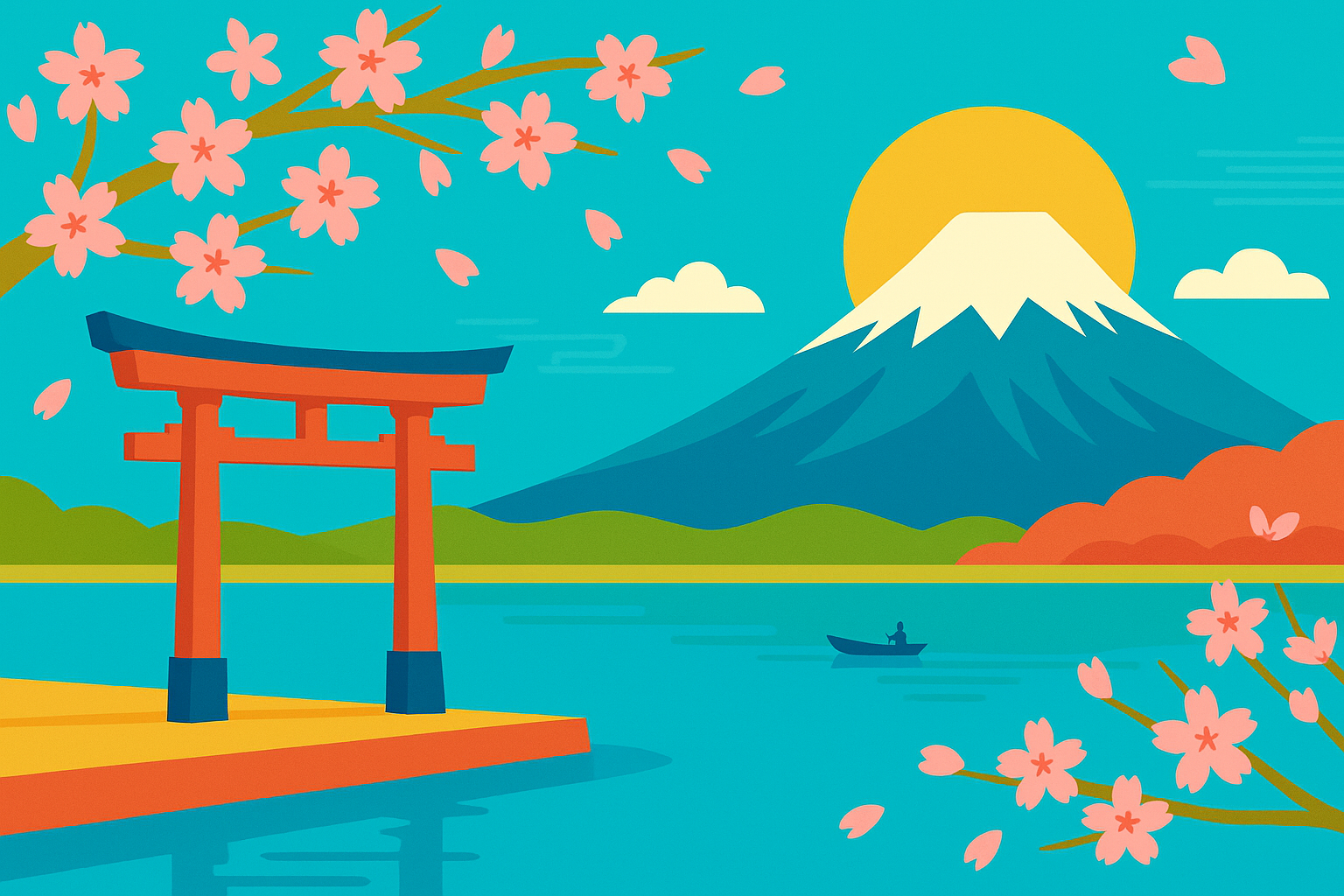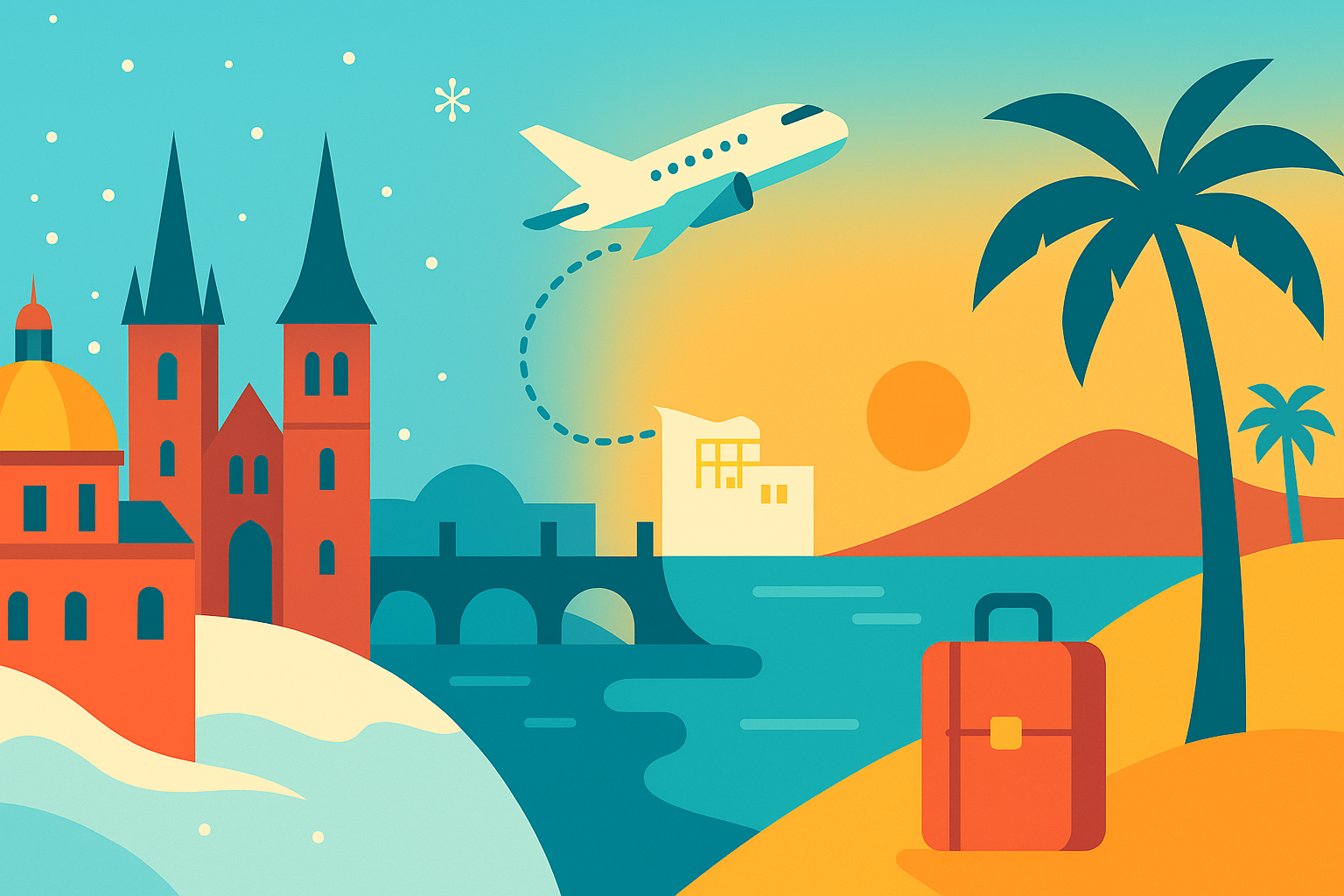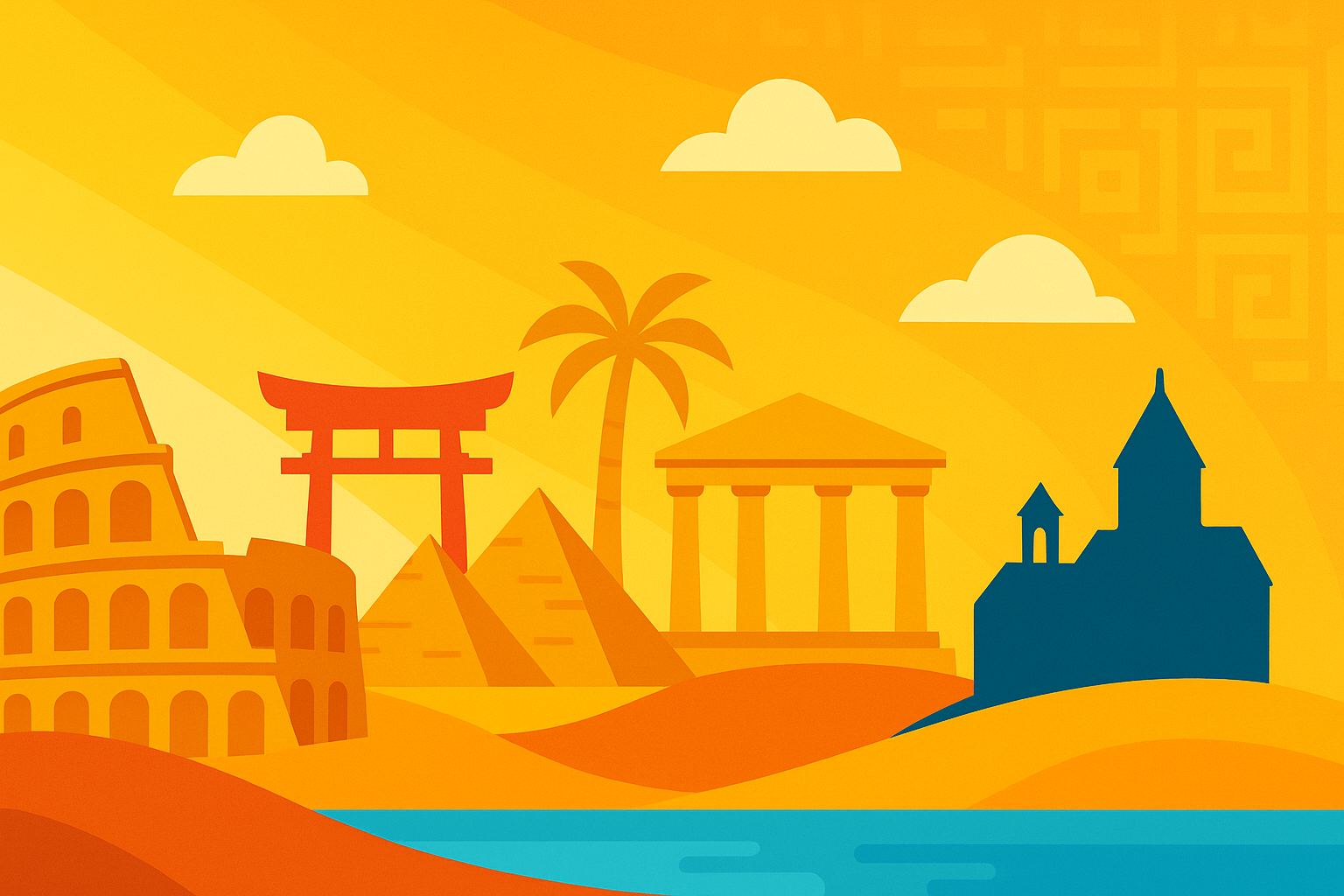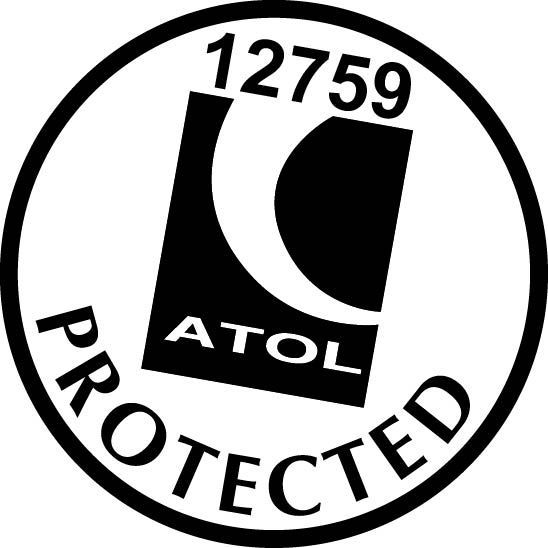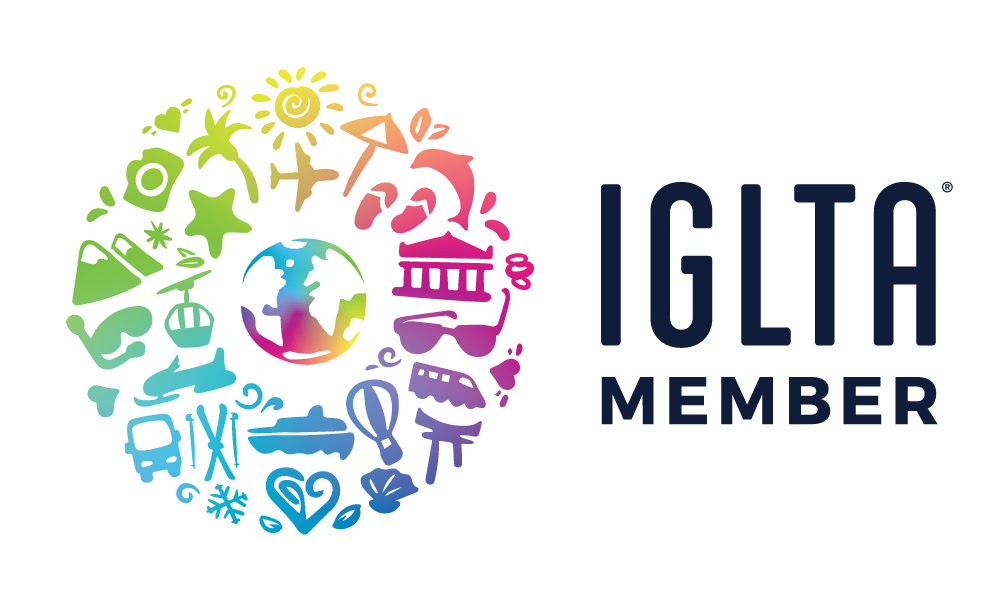Trekking in the Alps: What you need to know
Trekking Adventures: Your Guide to Hiking in the Alps
Hiking in the Alps is one of those bucket-list adventures that never stops calling. Whether you're a seasoned walker or curious first-timer, the promise of crisp air, stunning scenery, and well-marked trails is enough to make anyone start packing. But before you lace up your boots and set off, there's a lot to consider to ensure your trek is not just unforgettable—but safe, smooth, and satisfying from start to finish.
Why Choose Hiking in the Alps?
This region offers some of the most breathtaking and varied landscapes in the world. Think jagged peaks, green alpine meadows, crystal-clear lakes, and charming villages nestled in deep valleys.
Each country in the Alps—France, Switzerland, Italy, Austria, Germany, and Slovenia—brings its own flavour to the experience. And with trails ranging from gentle paths to demanding long-distance treks, there's a route for every fitness level and interest.
Short on time? Choose a few days on the Tour du Mont Blanc. Want something more off-grid? Try the Carnic High Route or a lesser-known trail in the Julian Alps.
When Is the Best Time to Go?
Alpine hiking seasons are fairly defined. For most lower-altitude routes, late May through October is ideal. July and August offer the warmest weather and the widest availability of open mountain huts, cable cars, and trail access.
If you prefer fewer crowds and fresh alpine blooms, consider early June. For vivid autumn colours, late September into early October is glorious—just check that your chosen trail hasn’t closed for the season.
Weather can change fast in the Alps, even in summer. Always pack layers and be prepared to adapt your plans.
Jamie Says:
"There’s something timeless about hiking in the Alps. You feel dwarfed by nature in the best way possible—then you reach a cosy mountain hut, order a slice of strudel, and suddenly, you’re exactly where you’re meant to be."

What Gear Do You Really Need?
You don’t need to spend a fortune, but the right gear will make or break your trip. Start with broken-in hiking boots with ankle support. Add moisture-wicking base layers, a lightweight waterproof jacket, and a daypack with plenty of water storage.
Bring walking poles for steeper routes. And always carry a first aid kit, sunscreen, and an offline trail map or GPS-enabled app. If you’re hiking hut-to-hut, a travel towel and sleeping bag liner will come in handy.
Do You Need a Guide or Can You Go Solo?
Many of the popular routes are well signposted and suitable for independent travellers. That said, if you're unfamiliar with alpine terrain, travelling solo, or prefer a stress-free experience, a guided option offers peace of mind.
Jamie Wake Travel can arrange both private and group-guided tours. These include local knowledge, accommodation, and even baggage transfers, so you can focus on enjoying the trail.
Top Destinations for Hiking in the Alps
Let’s take a closer look at where to go for the best hiking in the Alps. Each area has its own personality, landscape, and highlights.
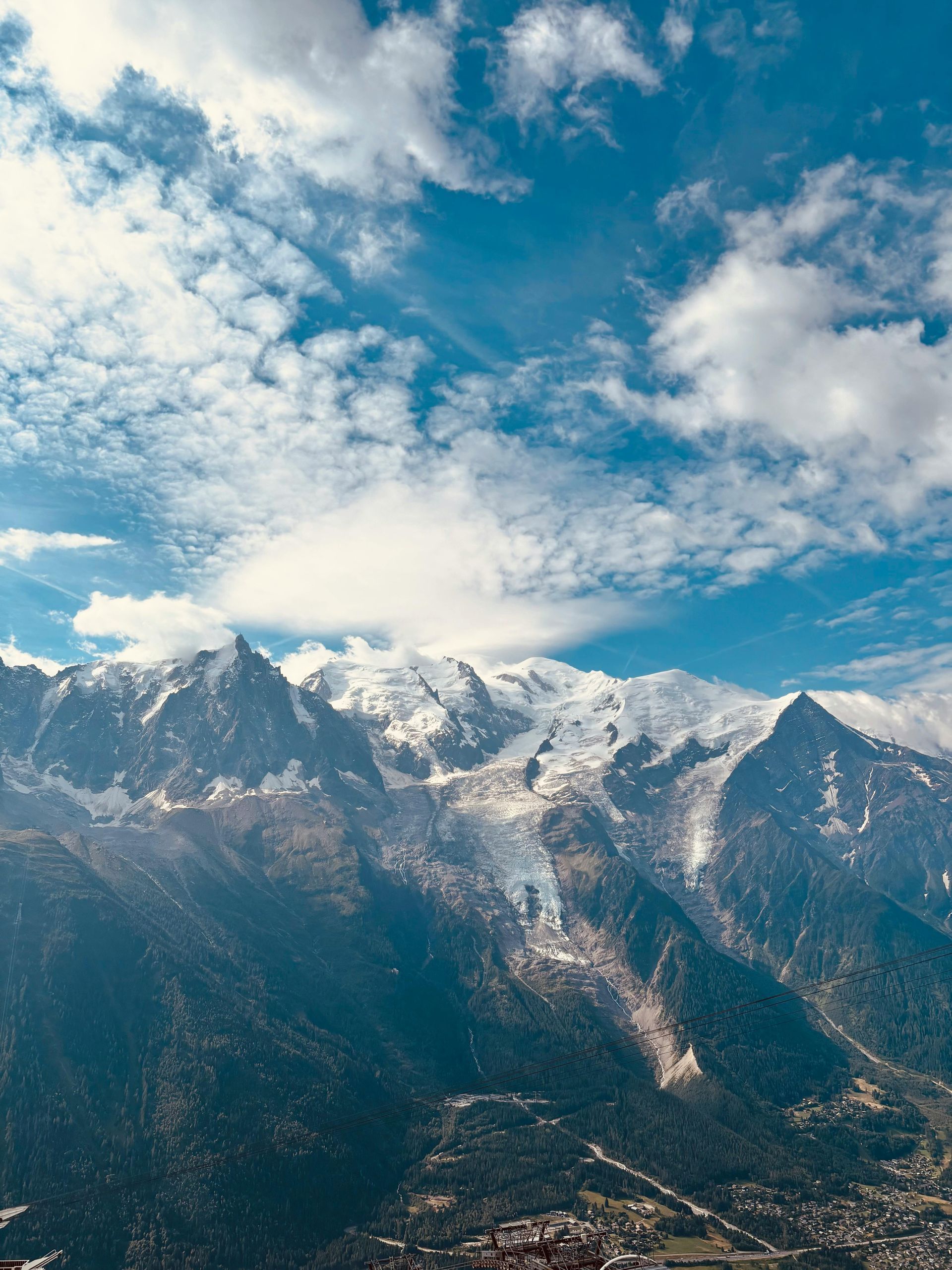
Chamonix & the Mont Blanc Region (France, Italy, Switzerland)
This is alpine hiking royalty. The Tour du Mont Blanc is a multi-day loop around Western Europe’s highest peak, crossing through three countries. Expect flower-filled meadows, high mountain passes, and well-equipped refuges along the route.
Base yourself in Chamonix for day hikes or do the full circuit. It’s one of the most popular options for good reason.
Where to Stay: Hameau Albert 1er is a traditional chalet-style hotel with gourmet dining and a spa.
Perfect after a few tough days on the trail.
We’ve got a number of excellent offers available in Chamonix and across the Mont Blanc trail region. Let us know your preferences, and we’ll find a package that fits your adventure perfectly.
Zermatt & the Matterhorn (Switzerland)
If you’ve dreamed of seeing the Matterhorn, Zermatt is your starting point. Hikes like the Five Lakes Trail or the Hörnli Hut path offer unforgettable views of this iconic peak.
The Gornergrat Bahn railway takes you high up for panoramic walks above the clouds.
Where to Stay: Hotel Firefly in Zermatt offers stylish suites, personal touches, and wellness facilities to help you unwind in luxury.
Ask us about our current deals for Zermatt stays, including rail passes and guided excursions.
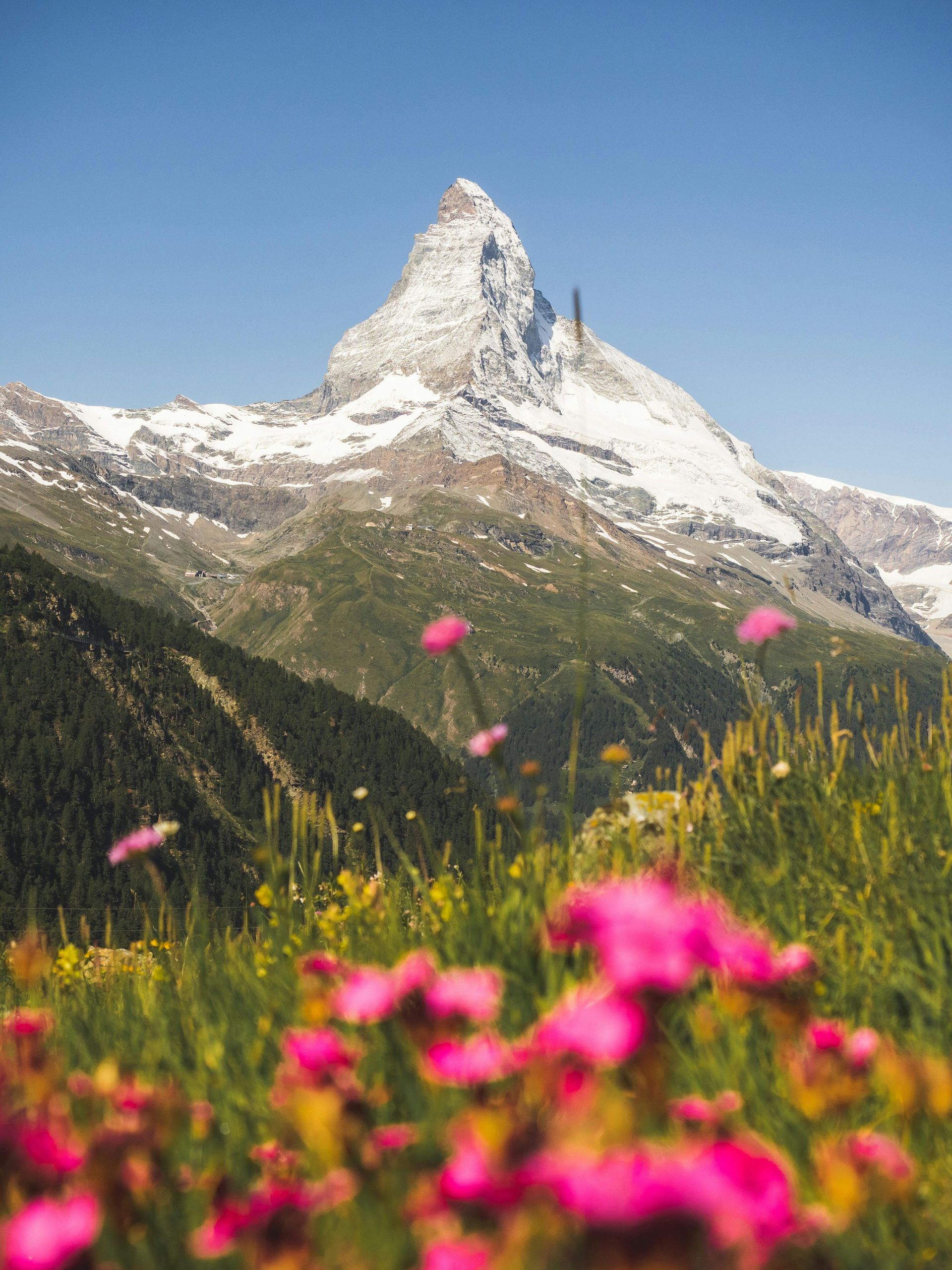
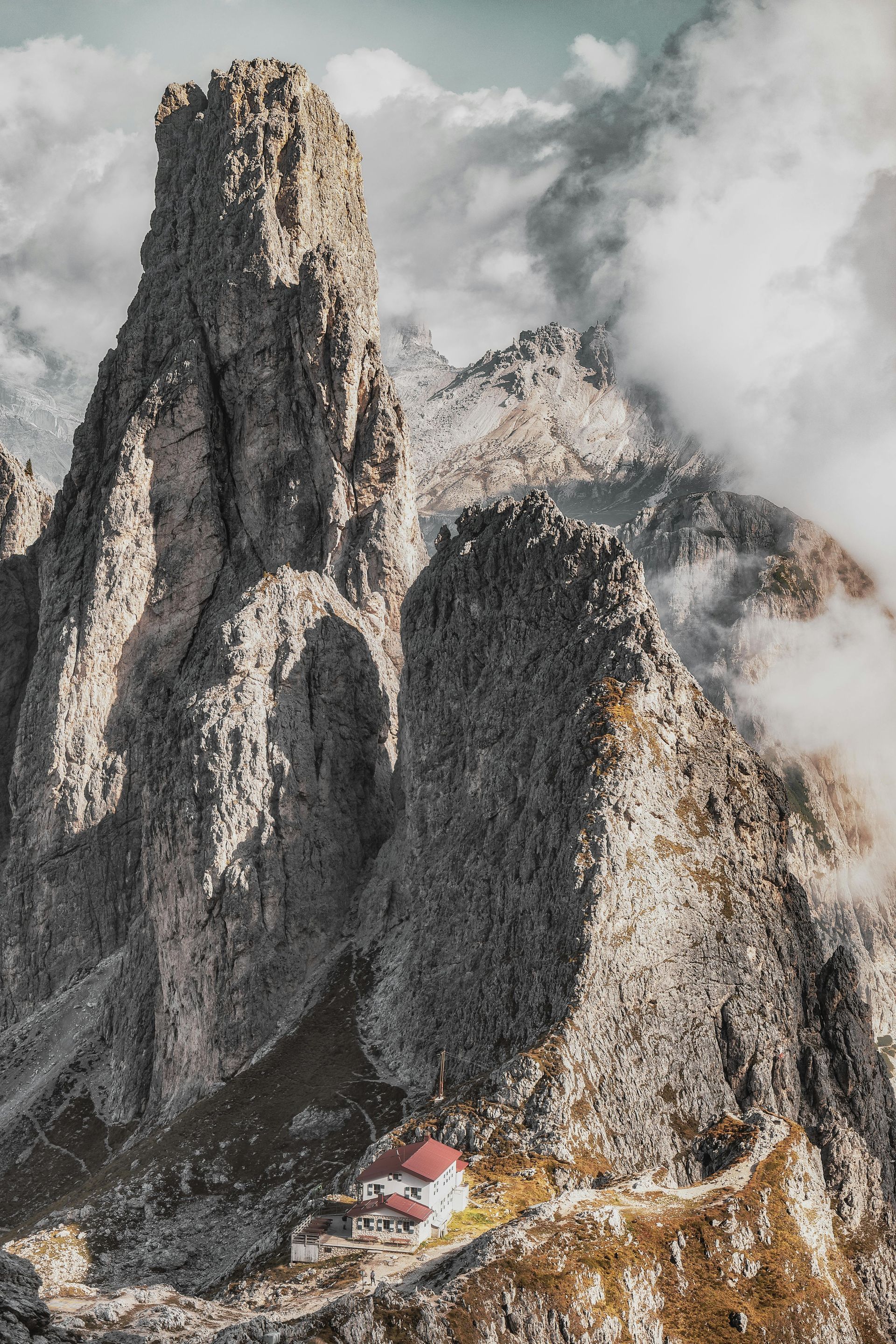
Dolomites (Italy)
This UNESCO World Heritage site offers a completely different alpine experience. Expect dramatic limestone towers, forest trails, and hearty South Tyrolean cuisine.
The Alta Via 1 is a favourite for hut-to-hut trekking. For day hikes, try the Tre Cime loop or the Seceda ridgeline.
Where to Stay: Hotel Ciasa Salares in San Cassiano mixes alpine charm with gourmet cuisine. It’s ideal for food-loving hikers.
There are amazing packages we can create around Dolomite trekking. Just ask us what’s possible—we can tailor it to your pace and interests.
Berchtesgaden Alps (Germany)
A hidden gem compared to other parts of the Alps, this region is home to the emerald-green Königssee lake and dramatic Watzmann mountain.
Try the hike to the Watzmann Hut or the Eagle’s Nest viewpoint for panoramic vistas without the crowds.
Where to Stay: Kempinski Hotel Berchtesgaden delivers five-star comfort at altitude, with spa treatments and fine dining.
We’ll help you build a hiking holiday in Germany’s Alps that blends scenic walks with total relaxation.
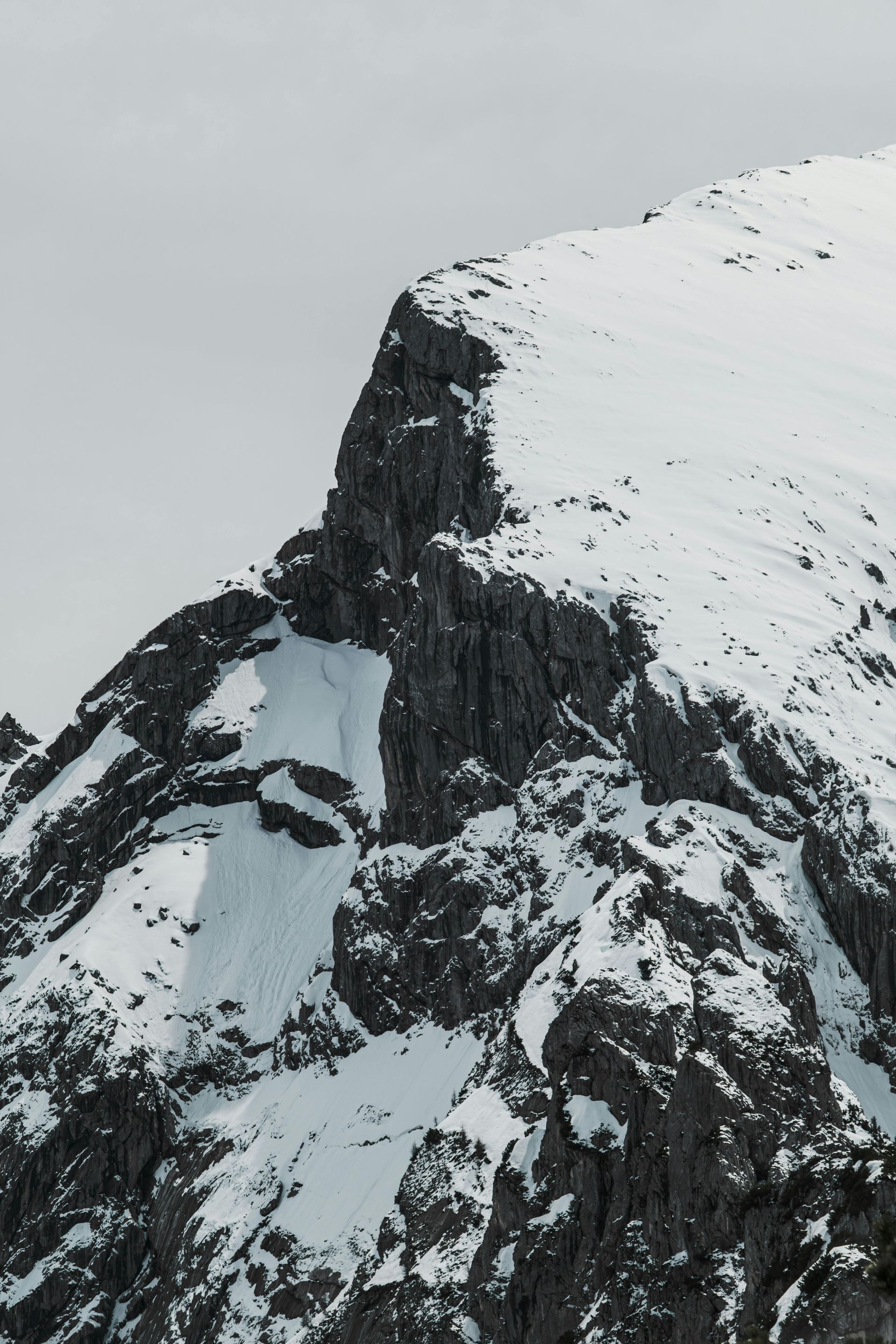
What Level of Fitness Do You Need?
You don’t need to be an elite athlete. But you will need stamina. Most moderate routes include several hours of walking with elevation changes.
Start training with local walks, adding weight to your pack and tackling steeper ground. If you plan to hike multiple days in a row, practice back-to-back walking weekends.
Remember, it’s not a race. Go at your own pace, and don’t hesitate to take rest days or adapt your plans if needed.
What About Food and Accommodation Along the Trails?
One of the best parts of hiking in the Alps is the incredible hospitality. Mountain huts—known as refuges, rifugi, or hütte depending on the country—offer hearty meals, dorm beds, and warm welcomes. These are dotted along most major routes, meaning you can travel light and enjoy fresh local cuisine without carrying cooking gear.
Expect breakfast spreads, packed lunches for the trail, and evening meals that often include three courses. In the Dolomites, you might enjoy speck and dumplings. In France, a tartiflette or raclette. Many huts cater to vegetarians, though options may be limited in more remote areas.
Advance booking is essential in high season, especially on well-known trails like the Tour du Mont Blanc or Alta Via 1. For those seeking more comfort, we can arrange boutique alpine hotels at key stages.
Safety and Trail Etiquette
- Always tell someone your route plan.
- Stick to marked trails.
- Pack out what you bring in.
- Greet other hikers along the path.
- Watch the weather and don’t push on in dangerous conditions.
If in doubt, stop and reassess. The mountains will always be there tomorrow.
Many regions work together to ensure that hiking in the Alps remains sustainable and accessible. The Alpine Convention outlines joint efforts to protect biodiversity and promote responsible tourism.
Booking with Jamie Wake Travel: Your Protection Matters
When you book your hiking holiday in the Alps through Jamie Wake Travel, you’re not only getting personal service—you’re protected every step of the way.
We’re members of Protected Trust Services and hold an ATOL licence. That means your money is safe and your trip is protected.
All tailor-made holidays include Supplier Failure Insurance and Scheduled Airline Failure Insurance. In the rare event a supplier fails, your money and plans are still secure.
You’ll also have a dedicated expert handling your arrangements from start to finish. No call centres. Just real support when you need it.
How to Pack Like a Pro for Hiking in the Alps
Packing for a multi-day alpine adventure requires balance. You want to be prepared, but every extra kilo will weigh heavy on the trail. Prioritise versatile layers that can adapt to changing weather—think merino wool tops, packable rain jackets, and convertible trousers.
Don’t forget essential accessories. Sunglasses with UV protection are a must at high altitudes. Gloves and a beanie may seem excessive in summer but come in handy on windy ridges. A refillable water bottle or hydration bladder is non-negotiable. Some trails offer regular fountains, but others require forward planning.
Footwear matters. Good boots are a start, but also pack spare laces, breathable socks, and plasters or blister prevention tape.
Your daypack should include:
· A waterproof cover or drybag
· Snacks and a packed lunch
· Map or GPS device
· Sunscreen and lip balm
· Emergency whistle and headtorch
· Lightweight microfibre towel
· Cash (many huts don’t accept cards)
We’ll help you create a bespoke packing list that matches your itinerary and accommodation choices.
Tips for Planning the Perfect Trip
- Choose your destination based on scenery, difficulty, and cultural interest
- Book early if travelling in July or August
- Don’t forget travel insurance that includes hiking activities
- If you want a bespoke package, start planning 3–6 months ahead
We’re here to help you at every step—from inspiration to itinerary.
Why the Alps Make the Perfect Tailor-Made Holiday
No two hikers are the same—and that’s why the Alps are ideal for tailor-made travel. You might want to combine a few days on the trail with vineyard tours, thermal spas, or cultural stops in cities like Innsbruck, Geneva, or Milan.
Travelling with family or a group? We can arrange mixed-activity itineraries where some enjoy spa time while others tackle a summit. Want to propose on a mountain top or celebrate a birthday mid-hike? We’ll add those finishing touches.
Solo travellers can join guided groups or travel independently with support. Couples might opt for more privacy and romantic lodges.
Whatever your style, Jamie Wake Travel will craft a holiday as unique as you are—whether you want back-to-back hikes or time to slow down and take in the views.
Can You Go Hiking in the Alps with Kids or Older Relatives?
Absolutely. Hiking in the Alps doesn’t have to mean gruelling ascents or technical terrain. Many regions offer family-friendly routes with gentle gradients, regular rest stops, and engaging scenery that appeals to all ages.
In Austria’s Tyrol or Switzerland’s Bernese Oberland, you’ll find trails that pass play areas, themed paths with storyboards, and even wildlife parks along the way. These make walking fun for younger kids without losing the magic of being in the mountains.
For older travellers, cable cars and cogwheel trains open up panoramic ridge walks that would otherwise be difficult to reach. Places like the Jungfrau, Chamonix, or the Dolomites are especially good for mixed-ability groups.
It’s important to match your route to everyone’s needs. We help you plan realistic daily distances, consider accommodation access, and build in free time to explore at your own pace.
Accommodation can also be tailored—choose between family-run guesthouses, comfortable spa hotels, or even multi-bedroom chalets. Evening meals can be included, removing stress after a day’s walking.
If you’d like a guide to handle logistics and keep the group motivated, we can arrange that too.
There’s no need to leave anyone behind when planning a hiking holiday. With our help, you can create memories that span generations.
Ready to Start Your Hiking in the Alps Adventure?
There’s something magical about the Alps. Whether you’re walking among wildflowers or pausing at a glacier-fed stream, it’s a journey that reconnects you with the world.
With Jamie Wake Travel, you can tailor your experience to match your pace, style, and interests. Our team handles the details, so you can focus on the moments.
Call us on 01495 400005 or use our holiday enquiry form to start planning. Or use our website’s search tool to design your own bespoke trip that’s as unique as you are.
And remember—we’re just a call or message away if you’d prefer to leave the planning to us.
Send an Enquiry
We will get back to you as soon as possible.
Please try again later.
Frequently Asked Questions
What’s the best time of year for hiking in the Alps?
June to early October is ideal, with July and August offering the most accessible routes and open mountain huts.
Do I need to be an experienced hiker to go hiking in the Alps?
Not at all. Many well-marked trails are suitable for beginners or casual walkers, especially in areas like Austria and the Dolomites.
What should I pack for hiking in the Alps?
Good boots, layered clothing, waterproofs, trail snacks, and a refillable water bottle are essentials. Always include a map or GPS too.
Can I go hiking in the Alps with children?
Yes, plenty of routes are family-friendly, and some areas even include themed trails or wildlife experiences to keep little ones engaged.
Is it safe to hike alone in the Alps?
It can be safe if you stick to marked trails, check weather forecasts, and let someone know your plans. For peace of mind, consider a guided option.
Are guided tours available for hiking in the Alps?
Absolutely. Guided tours range from day hikes to multi-day adventures, and they’re a great way to learn more about the area and stay safe.
Do I need special permits or passes to hike in the Alps?
Most trails are free and open to the public, though some national parks or cable cars may require a pass.
What types of accommodation are available along trekking routes?
You’ll find everything from simple alpine huts to boutique hotels and luxury lodges, depending on your route and preferences.
Can Jamie Wake Travel help me plan a hiking holiday?
Yes. We create tailor-made trips that match your ability, style, and interests. Everything is planned for you—from transport to trail advice.
Where are the best places for hiking in the Alps?
Top spots include the Mont Blanc region, Zermatt, the Dolomites, and the Jungfrau area—each with its own landscapes and character.
